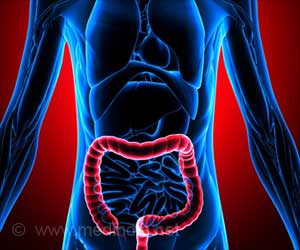Scientists have achieved the first success in "decrypting" an enzyme's function from its structure, a breakthrough that may open an efficient route to drug discovery.
Scientists have achieved the first success in "decrypting" an enzyme's function from its structure, a breakthrough that may open an efficient route to drug discovery.
Led by UCSF's Brian Shoichet, Steven Almo of the Albert Einstein College of Medicine, and Frank Raushel of Texas A and M, the study offers a solution to the puzzle that hinders drug discovery, as many of the most successful drugs work by blocking enzyme action.Shoichet says if the new strategy works with other enzymes, it should become a potent tool to determine how key enzymes work in the body.
The researchers achieved this success by modifying a technique called molecular docking, a computer-aided modeling strategy used to search for potential drugs.
Docking works by allowing researchers to first determine the atom-by-atom structure of an enzyme and then screen many thousands of molecules for one that fits into the empty "active site" of the enzyme.
According to Shoichet, a molecule that fits the enzyme's active site will block its activity, just what many promising drugs do.
The researchers say that the key to their success was a computational feat: simulating candidate substrates that mimicked unstable "intermediate" molecules - those that exist only briefly as the catalyst turns the substrate into a new molecule.
Advertisement
During the study, the researchers extracted an enzyme from a bacterium known as Thermotoga maritima, a microbe that normally lives at very high temperatures and pressures near volcanic ocean vents. Its structure was determined as a part of the structural genomics project, a large-scale, worldwide effort to determine the structures of enzymes and receptors.
Advertisement
Source-ANI
LIN/M










